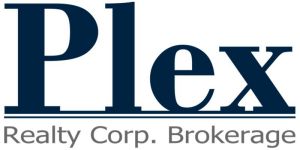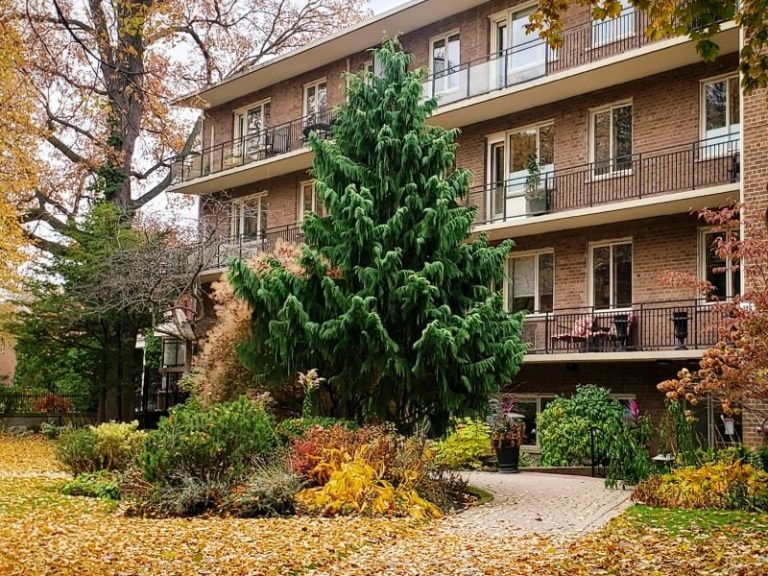How to determine the financial viability of an income property
Cap Rates vs. Return on Investment.
In the City of Toronto, income properties often trade at around a 4% cap rate. The return on investment on these properties varies though as this is dependent on how much of a deposit is originally put down. The differences between cap rates and R.O.I. (return on investment) are important for landlords to understand.

The cap rate for a property is simply the net operating income as a percentage of the purchase price. In other words, the rent, minus the expenses, as a percentage of the total amount paid for the property (including renovations).
The return on investment, on the other hand, considers how much money you’ve put into the property, instead of just the price paid, as well as the overall return – including the mortgage principal that you have paid off. Someone who puts a lot down more will see a better return than someone who puts down less. To calculate R.O.I. divide your total net profit by your total original dollar investment and multiply by 100.
In the end, both formulas – cap rates and ROI’s, are used to evaluate a potential property’s worthiness. In my opinion, you should look at both and pay particular attention to where the property breaks even with a conventional 20% deposit. Negative or positive cash flow is how much over or under break-even you are each month.
As a rule, a duplex or triplex with a 4 cap or better that breaks-even at 20% would be a good long-term buy in this city.
Share this:
- Click to share on Facebook (Opens in new window)
- Click to share on Twitter (Opens in new window)
- Click to share on LinkedIn (Opens in new window)
- Click to share on Pinterest (Opens in new window)
- Click to share on Reddit (Opens in new window)
- Click to email a link to a friend (Opens in new window)
- Click to print (Opens in new window)






